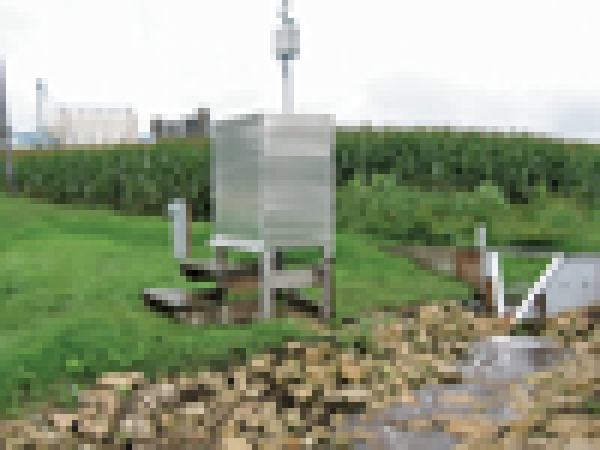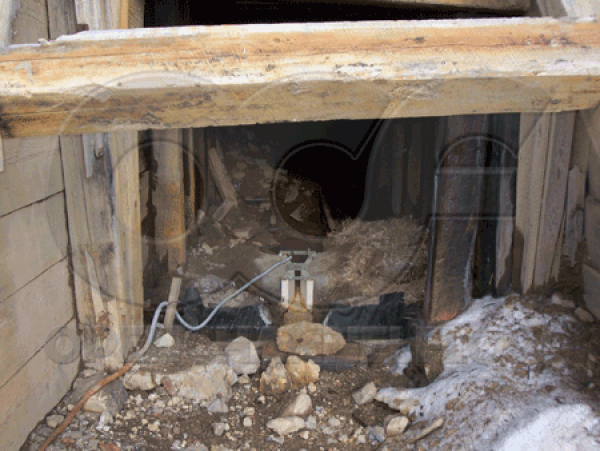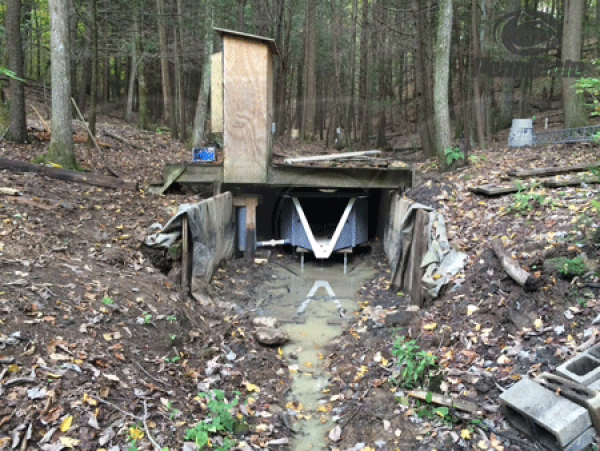This website uses a variety of cookies, which you consent to if you continue to use this site. You can read our Privacy Policy for
details about how these cookies are used, and to grant or withdraw your consent for certain types of cookies.
Measuring Ditch Runoff with Trapezoidal Flumes
Salt and pepper. Peanut butter and jelly. Trapezoidal flumes and flow measurement in ditches. What do they have in common? They each go great together!
Originally developed to measure flow in irrigation channels, the Trapezoidal flume has become the flume of choice when measuring ditch runoff.
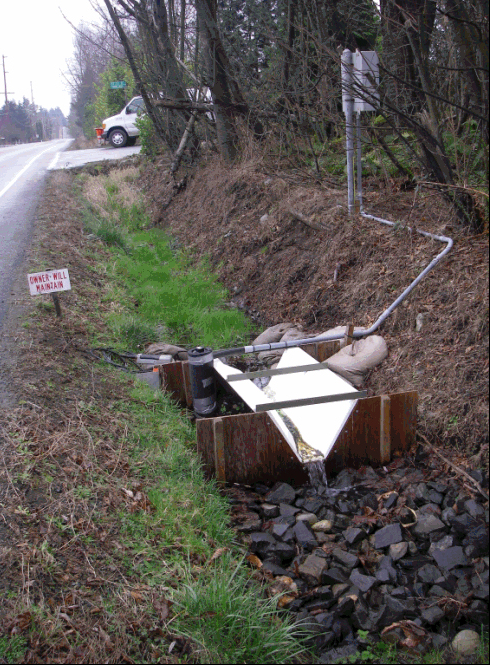
Adapting Trapezoidal Flumes to Ditches
The V-shaped cross-section of the flume conforms well to the normal shape of ditches and requires a minimum of transition to get flow into and back out of the flume.
Also, compared to rectangular flumes like the Parshall and Cutthroat, the Trapezoidal flume typically requires only minor modifications to the floor of the channel to install it.
As a result, the total cost (acquisition plus installation) of a Trapezoidal flume in a ditch application are lower than those of other flumes (other than possibly the RBC) of comparable flow rates.
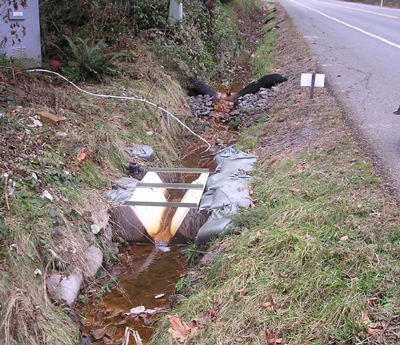
Flow Resolution
The trapezoidal shape of the flume means that as the depth increases the sidewalls expand outwards. This means that the Trapezoidal flume can measure low flow accurately while also able to pass much larger flows with only a relatively small increase in depth.
The tradeoff is that the resolution of the flume (change in head for a given change in flow) is lower than that of other flumes so accuracy in determining the exact head in the flume is of greater importance than with other flumes.
Ditch flows, particularly those along roadways and their medians, tend to be flashy – with little in the way of flows most of the and then a considerable increase when rainfall occurs and is channeled into the ditch – so the Trapezoidal flume’s ability to handle both low and high flows is a particular benefit – even if the resolution is lower than other flumes.
Trash and Debris Passage
The combination of a flat floor and expanding sidewalls means that trash and other debris passes readily through the Trapezoidal flume. Even relatively large debris can usually pass through a Trapezoidal flume as debris is eventually pushed through as head builds up behind any blockage.
Maintenance costs are therefore lower than other flumes and the problems of upstream channel silting are generally eliminated.
Image: King County Roads Maintenance Section
Related Blog Posts
Explore more insights in our blog.

LOCATIONS IN ATLANTA, GA & BOISE, ID


